The partition of Ireland became official when the Government of Ireland Act (GIA) was passed on December 23, 1920.
The partition of Ireland, which was finalized with the passage of the Government of Ireland Act (GIA) on December 23, 1920, involved a momentous decision by the British government. Dividing a small island into two political entities based on religious affiliation was bound to lead to major problems, especially when a clear majority of the people living on the island did not want the country broken up.
This division was a reluctant second-best option for the unionist/Protestant community in Ulster and for Prime Minister David Lloyd-George and his cabinet. The nationalist community of all political stripes in Ireland opposed any partition of the island.
The unionists’ first choice was a continuation of direct rule from Westminster, but that was no longer an option after the passage of the Third Home Rule Bill in 1912. Fearing that they would be forced to accept a Dublin Parliament, they organized the Ulster Volunteers, a 100,000-strong militia who swore that they would die rather than obey this decision of the British parliament.
Led by James Craig, they demanded a Protestant legislature in Belfast with no accountability to any Irish parliament. Home Rule equaled Rome rule and they would never accept that in any guise.
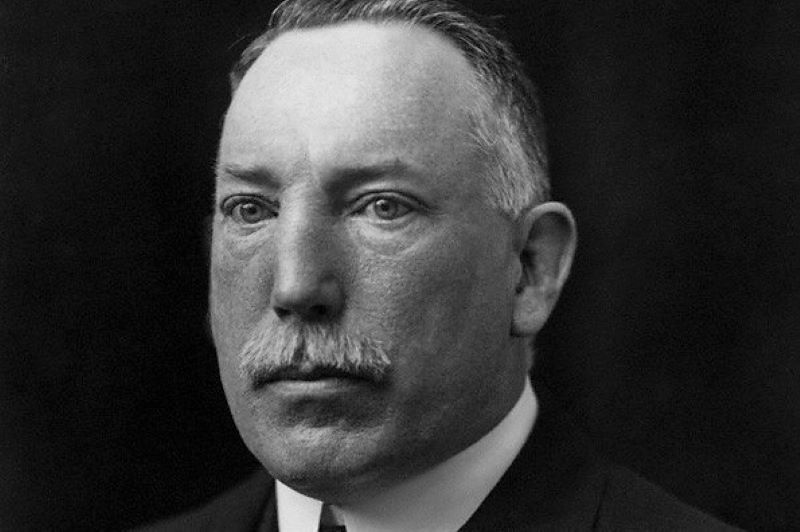
James Craig in 1917. (National Portrait Gallery, London / Public Domain)
Their fears were justified because when power passed from Westminster to a Dublin government in 1921, the Catholic hierarchy was accorded far too much clout and importance.
The unionists rejected a nine-county Ulster parliament because they feared that Catholics could outbreed them and end their dominance at a subsequent election. So, to achieve their permanent Protestant statelet, they dropped three strong Catholic counties, Cavan, Donegal, and Monaghan. Many of the 70,000 Protestants living in these counties felt aggrieved because they were unsure how they would fare as a minority under a Dublin government.
The GIA was seen by all the parties in Westminster as a temporary expedient enacted at the behest of James Craig, and the dogged Ulster unionists. In fact, it did not acquire international legitimacy until the Good Friday Agreement in 1998. Neither Tory nor Liberal Party leaders envisaged the partition of Ireland as other than a temporary arrangement.

Love Irish history? Share your favorite stories with other history buffs in the IrishCentral History Facebook group.
Getting to this point of dividing the country raised serious questions about the workings of British democracy. As the unionists organized and armed an illegal militia to openly defy an Act of Parliament, the ruling establishment in England seriously considered moving the army north to quell the revolt. However, in an unprecedented act of mutiny, a majority of the officer corps stationed in Co Kildare made clear that they would disobey any such order.
Still, when King George formally opened the Belfast Parliament on June 7, 1921, he made a very conciliatory and magnanimous speech, pleading with his audience, nearly all Loyalists, “to make it an instrument of happiness and good government for all parts of the community…with fairness and due regard to every faith…a prelude to a time when, under one parliament or two, people would work together for the common love of Ireland.” Unfortunately, the king’s words were buried and forgotten before he returned to London.
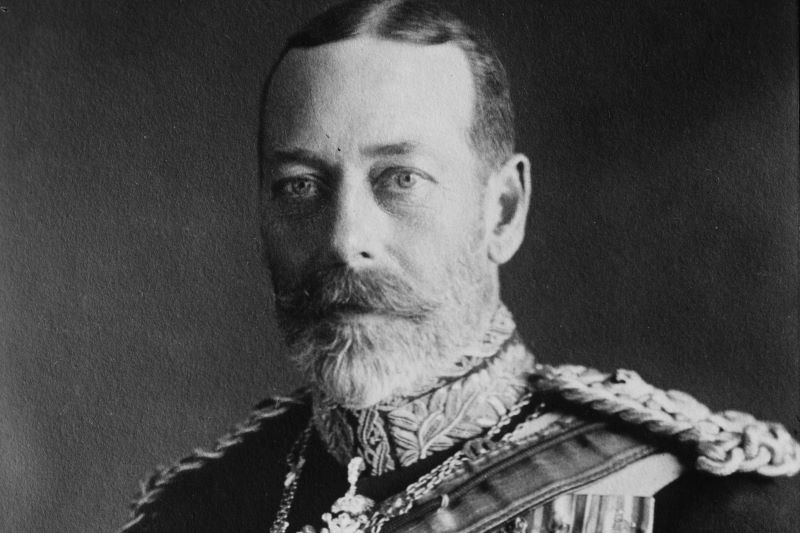
King George in 1923. (United States Library of Congress / Public Domain)
The expansion of the franchise by the London government prior to the 1918 election extended the right to vote in Ireland to more than two million people, an increase of more than a million from the last time at the polls. Sinn Féin was the main beneficiary and they swept the board, returning 75 MPs out of 107. They refused to take their seats in Westminster and, instead, inaugurated their own assembly in Dublin.
This article was originally published in Ireland of the Welcomes magazine. Subscribe now!
While the Sinn Féin parliamentarians were focusing on establishing their credibility, the military wing of the republican movement, the Irish Republican Army (IRA), started a guerilla war to achieve the nationalist goal of total independence from England. This war was mostly fought in Munster and Connacht as well as in Dublin and a few parts of Leinster. Apart from the south Ulster counties around Monaghan and Newry where Eoin O’Duffy and Frank Aiken led active IRA battalions, there was no fighting elsewhere in the province at that time.
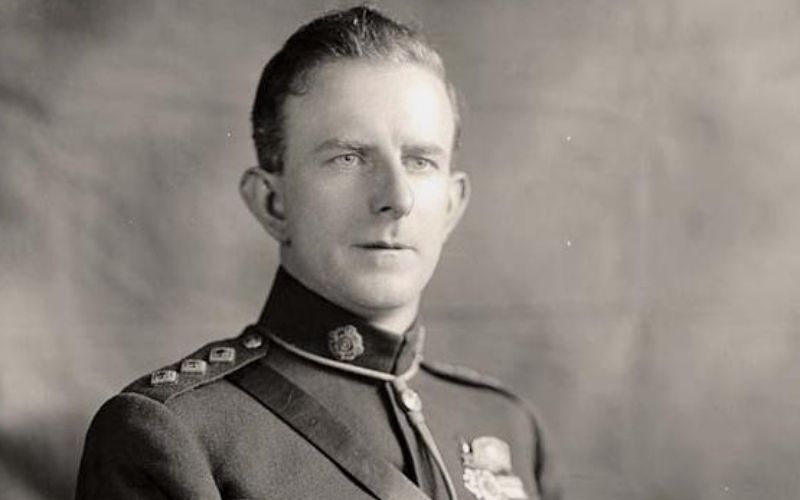
General Eoin O'Duffy pictured in 1922. (Public Domain)
The IRA claimed that they were not a Catholic organization and, in fact, the bishops in Maynooth, while supporting broadly nationalist goals, looked askance at the use of force to achieve these aims. Sinn Féin leaders pointed out that their fight for freedom followed in the tradition of Wolfe Tone, a Belfast Protestant and the father of Irish republicanism, and others who certainly had no allegiance to Rome like Robert Emmet, John Mitchell, and Thomas Francis Meagher. As part of their contemporary agitation, they were proud to name among their leaders Protestants like Bulmer Hobson, Alice Stopford Green, and Erskine Childers.
Still, the ascendancy, the ruling class in Ireland, was drawn mainly from the Protestant community, who mostly identified with England and recognized its rights as a colonial power. They were the landlords who owned or administered the big estates and who held most of the senior positions in policing and the court system. In addition, they were at the helm of nearly all the big companies that provided employment in the cities of Dublin, Belfast, and Cork.
Central to the colonial culture was a belief that the local Catholic people were dependent for good government on their English and Protestant overlords. One unionist historian of the time wrote that the poorest Protestant was convinced that he had a higher status than his richest Catholic neighbor.
The top republican leadership seemed befuddled by the Ulster question. Even Patrick Pearse, the nationalist revolutionary, actually praised the Ulster Volunteer Force for defying the English Parliament on the Home Rule issue.
They shared with their British counterparts a sense that any political division of the country would not be viable economically and so would not last. At no time did they contemplate extending their military campaign to take on the northern unionists. Killing Irishmen of a different persuasion to achieve a united country was never on their agenda.
Despite this rhetoric, recent research leaves no doubt that quite a few “Big House” Protestant families were targeted by local IRA groups. While the new state valued and protected Protestant families, the dominance of the Catholic Church in all facets of life largely explains the significant reduction in their numbers during the 50 years after the Anglo-Irish Treaty was signed.
During these negotiations in London the IRA leader, Michael Collins, pointed out that two states in Ireland could not be sustained. He was wrong in that assessment. The northern statelet is still around as we approach the December centenary of the Government of Ireland Act.
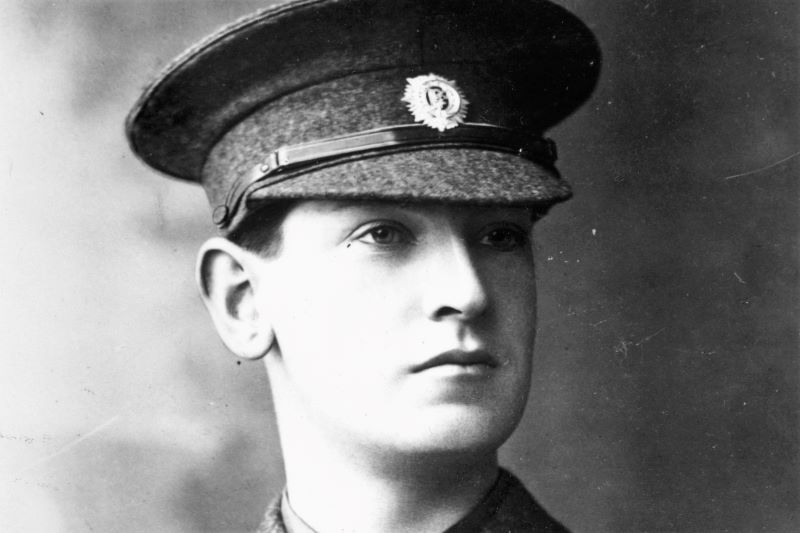
Michael Collins in 1916. (Getty Images)
He and other leaders of the revolution were hopeful that the Boundary Commission set up in the Treaty negotiations to determine the dividing line between the two jurisdictions would reduce the size of the area covered by the new Belfast Parliament by as much as two counties.
In fact, the members of the commission visited some border areas and finally recommended that part of South Armagh be changed to Dublin’s jurisdiction with a section of East Donegal moving to the Belfast government. The Irish representative, Eoin MacNeill, resigned in protest and the whole effort ended in disarray with no jurisdictional alterations.
Many Irish people believed that the partition of the country was a major contentious factor in the republican opposition to the Anglo-Irish Treaty which was passed by a narrow majority in the Dáil in January 1921. In fact, the core issues that emerged in the emotional maelstrom of that debate centered on the level of sovereignty won by the new state and the oath of allegiance to the English monarch that was mandated for all members of parliament. Partition was mentioned just once in the entire historical debate in the Dáil.
Policing played a big part in the development of the new government in Belfast. The Royal Irish Constabulary (RIC), which took care of law enforcement in the whole island during the previous 100 years, recruited significant numbers from the Catholic community. After partition, the RIC name changed to the Royal Ulster Constabulary (RUC) in the north and to the Garda Siochana in the south. The Catholic membership of the RUC decreased to around 16 percent and by 1960 that number collapsed further to just seven percent. In predominantly Catholic communities, anyone joining the police could expect to feel the sting of ostracism.
The first prime minister in Belfast, James Craig, did not hide the fact that partitioning the country was the only way to retain the dominance of unionists in what they called Ulster. In his words, they demanded “a Protestant parliament and a Protestant state.” A long way from the spirit and substance of King George’s speech!
You can read more of Gerry O'Shea's writing on his blog, We Must Be Talking.
*This letter to the editor first appeared in the August 5, 2020 edition of the Irish Voice newspaper, sister publication to IrishCentral. It was last updated in May 2023.
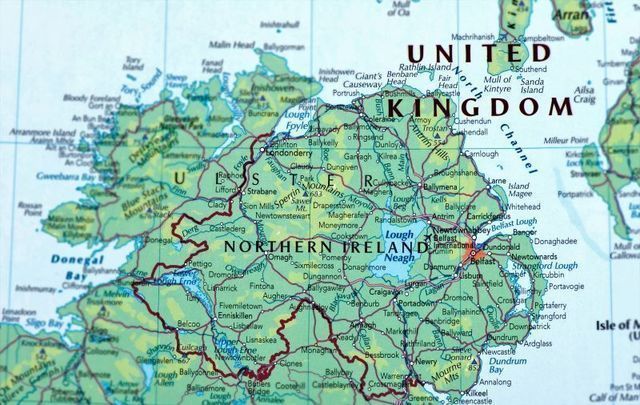



Comments